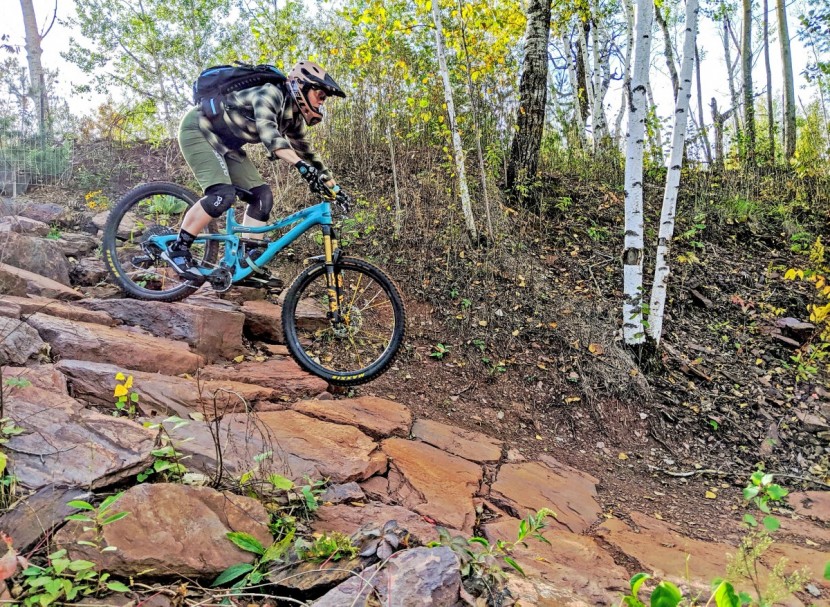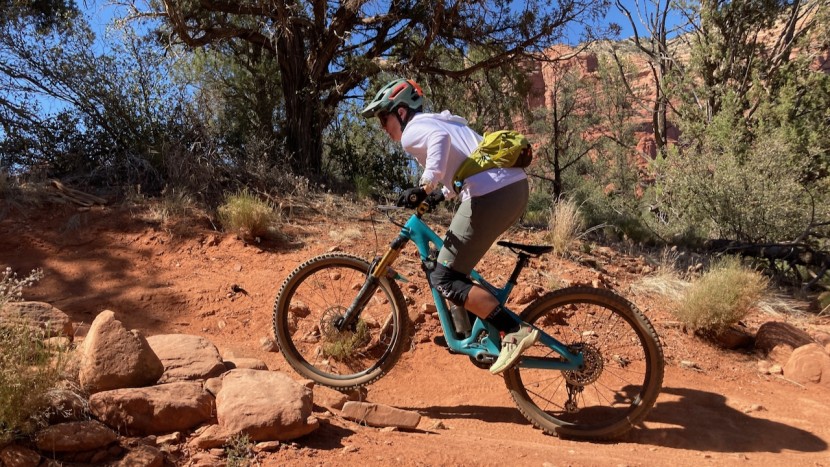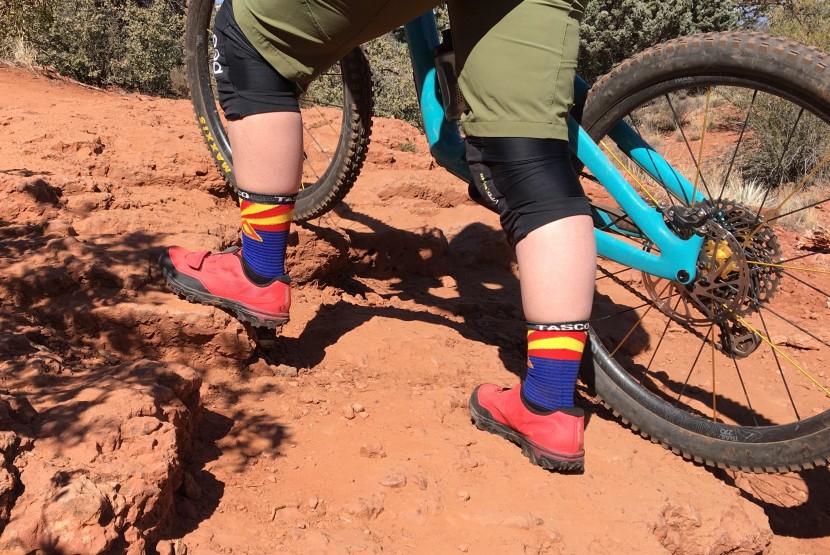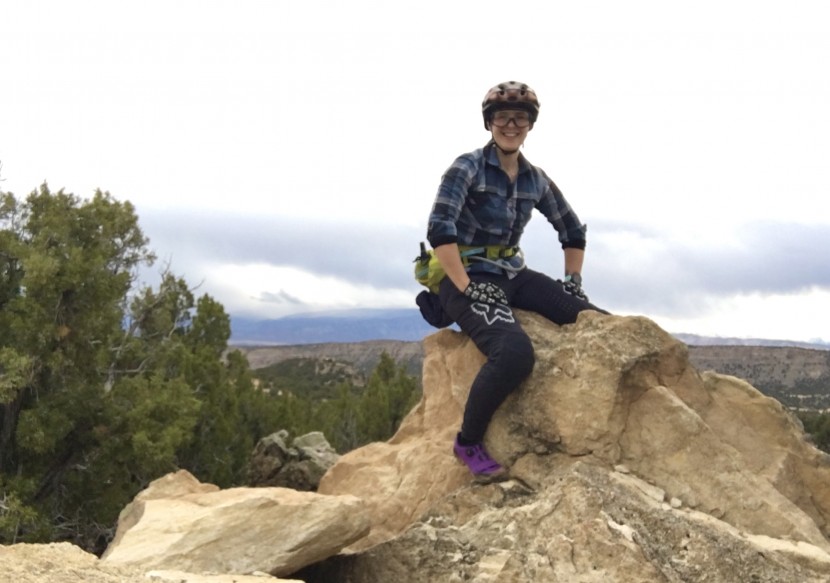How We Test
Online articles and manufacturer's descriptions provide a partial picture of how a shoe performs on the trail. Our gear reviewers try to provide you with a comprehensive overview of the performance of each shoe through extensive testing in real-life conditions and on a variety of mountain bike trails. Frequently our testers wear a different shoe on each foot to really discern the differences between them. Here is how we measure each metric for our Women's Mountain Bike Shoes.
Stability and Control
How much stability and control a shoe provides is key not only to the overall performance of the shoe but to how well you can control your bike. In this metric, we look at the outsole and midsole construction of the shoe, its materials, and how well they work with one another to transfer power and provide the rider with a stable platform.
To begin, we measure the length of the opening for the cleat and considered how much fore and aft adjustment the shoe allowed. We know each rider has individual preferences when it comes to cleat placement, so we look for shoes with maximal adjustability. We also take into consideration the space around the cleat and how affects our ability to clip into and unclip from the pedal. To determine power transfer, we consider how much we can push, pull, and control the pedals. We also examine how flex of the shoe's sole and midsole affects our pedaling and look at how stiff or soft the sole is. The shoe's midsole and footbed help to dissipate trail forces, so we look at the materials used and evaluate how well they absorb the trail. Forces from rocky sections of trail, downhills, jumps, and drops accentuate how well the midsole and footbed absorb the trail. Lastly, we evaluate the stability of the shoe, considering factors such as midsole flex and lateral flex. Shoes that lack lateral support can cause your foot to move, and those with a soft midsole will wrap around the pedal.
Comfort
Your mountain bike shoe should be something you don't think about while you're riding because you have better things to focus on, like the trail. Your feet are also one of your main contact points with your bike, so having a good shoe that is comfortable is very important. Understanding that fit is highly personal, as everyone has a different sized foot, with many variables for length, width, and volume some companies are moving away from strictly men's or women's shoes and are using unisex sizing instead. In our test, we include both women's and unisex models and take into consideration the ability to adjust the shoe's fit to a variety of foot shapes. We also took into consideration factors such as pressure points or hot spots and if the shoe is comfortable all day.
Walkability
Being able to hike in your mountain bike shoes is important when you want to session a trail feature or get to that high alpine descent. In our testing, we hiked and scrambled on rock slabs, in deep sand, mud, and compacted dirt trails to evaluate how well each shoe performed on a variety of surfaces and how comfortable they are to walk in. We examined if the cleats interfered with walking confidently and comfortably, how well the shoe flexes, and how well the outsole grips the walking surface.
Protection
Rock strikes and crashes happen and in those instances, it's good to have your feet protected. We evaluate how well each show protects the rider's foot for its designed use by looking for reinforced protection zones and added padding. Not all shoes are designed for maximal protection, which is why taking into consideration their intended use is important.
Weight
This metric was the easiest; we placed the shoes on a small scale without cleats and recorded the weight of each pair in addition to the size of each pair. In general shoes with more areas of protection weigh more than those without reinforcements.
Where We Tested
Our testers are lucky to live near Sedona, Arizona, and have the ability to travel to other areas within the state in addition to Minnesota, Utah, and Colorado to test our shoes. Riding a variety of terrain was essential to allow us to see how the shoes performed on longer rides and more technically demanding terrain. Our riding temps ranged from snow and 25 degrees to over 95 degrees in the desert, some days were wet, while others were incredibly hot and dry. We rode cross country, alpine, desert trails, and even did a little winter fat biking. Lastly, we hiked in our shoes in conditions ranging from wet, sloppy snow, and mud to bone dry Slickrock. We then analyzed our results to determine the best all-around women's clipless mountain bike shoe.





